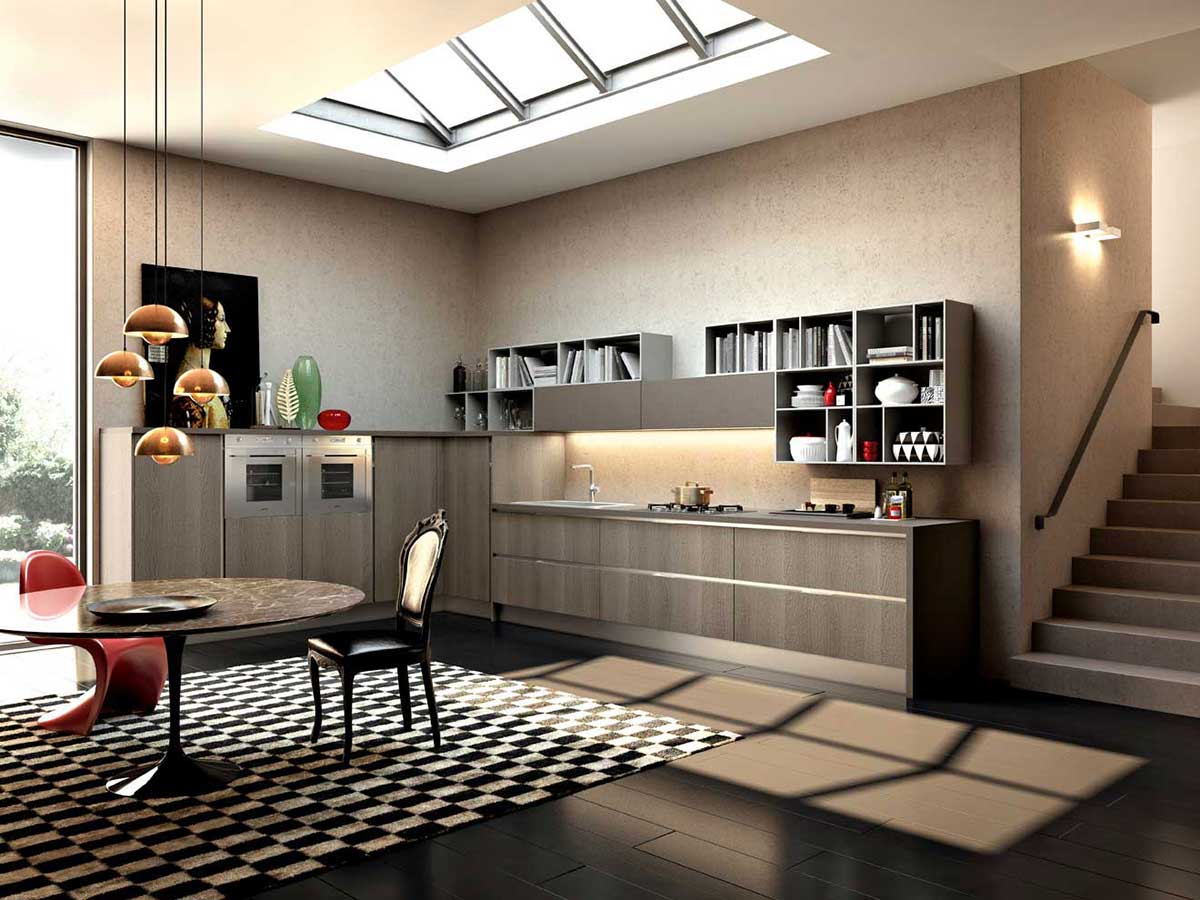In the realm of interior design, lighting is often an neglected element that can create or greatly affect a space. The way a room is illuminated not only affects its practicality but also sets the overall mood and tone of the environment. In this article, we will examine the vital role that lighting plays in designing interiors, highlighting the newest trends and necessary techniques to foster a cohesive and comfortable atmosphere in your home.
From the best interior design trends to watch this year to practical tips for combining textures and colors, we will investigate various elements that showcase how effective lighting can enhance your design choices. Whether you are planning a complete renovation or simply looking to upgrade a room, grasping how to leverage light properly is crucial to obtaining the elegant and functional results you want. Let's enhance the conversation around interior design and explore how to change your spaces into brilliantly illuminated oases.
Interior Design Trends
As we move further into the year, several interior design trends are surfacing that reflect our evolving tastes for aesthetics and utility. One notable trend is the continued favor of minimalism, which emphasizes clean lines and tidy spaces. This approach not only creates a calm environment but also allows for the inclusion of feature items that can truly shine without overwhelming the space.
Another trend gaining traction is the fusion of rustic and modern elements, creating a balanced combination that feels both timeless and relevant. Homeowners are increasingly drawn to materials like reclaimed wood and metal accents that evoke warmth and character. This fusion allows spaces to feel welcoming while still including contemporary design principles.

Additionally, sustainability is emerging as a key consideration in interior design. Sustainable materials and energy-efficient practices are now at the center of many design projects, showing a growing awareness of environmental impact. Designers are looking into innovative ways to integrate smart technology into homes, making everyday living more efficient and sustainable without sacrificing style.
Renovation Fundamentals
When embarking on a home renovation, understanding the basics can make all the difference in attaining your goal outcome. First and foremost, it is essential to create a specific vision of what you want to achieve. This includes not only deciding on aesthetic preferences but also practical needs. Think about how each space will function for you and your family, which rooms require the most attention, and how to design a cohesive look throughout your house. This foundational planning stage lays the foundation for successful interior design and construction.
Financial planning is another essential component of the renovation journey. It is crucial to plan for both expected and unforeseen expenses. Create a comprehensive budget that covers not only supplies and labor but also a contingency fund for unexpected issues that may arise during construction. Staying on budget ensures that your renovation doesn't become a source of stress and frustration but rather a pathway to transforming your living space. Knowing the costs associated with your desired changes will help in making smart decisions throughout the renovation process.
In conclusion, collaborating with experts can greatly improve the outcome of your renovation. This could be a general contractor, interior designer, or specialized tradespeople, having professionals on your team allows you to navigate challenges more effectively. They can provide insights on design options, offer answers to potential construction issues, and help streamline the overall process. Hiring skilled experts not only raises the quality of the final result but also allows you to experience a smoother renovation experience.
Eco-Friendly Design Practices
Integrating sustainable architectural methods into interior design not only benefits the ecosystem but also improves the overall look of a space. Using green materials, including sustainable bamboo, reclaimed glass tabletops, and low-emission coatings, can considerably lower a home's environmental impact. web link come with special designs, enabling interior designers to create visually appealing stunning interiors that reflect a focus to eco-friendliness.
In addition, energy-saving design methods play crucial role in green design. Using strategies like effective insulation, eco-friendly windows, and smart illumination solutions can greatly reduce energy requirement while maintaining comfort. Through prioritizing sustainability in the design process, property owners can gain long-term economic benefits on resource costs and contributing to a more sustainable planet.
Lastly, the incorporation of intelligent tech gadgets into home design further promotes green practices. Smart temperature controls, energy management solutions, and automated illumination can help manage utility efficiency more successfully. Through combining advanced gadgets with sustainable design, property owners not just create a state-of-the-art and efficient living area and also adopt a forward-thinking approach that meets the needs of both existing and future generations.
